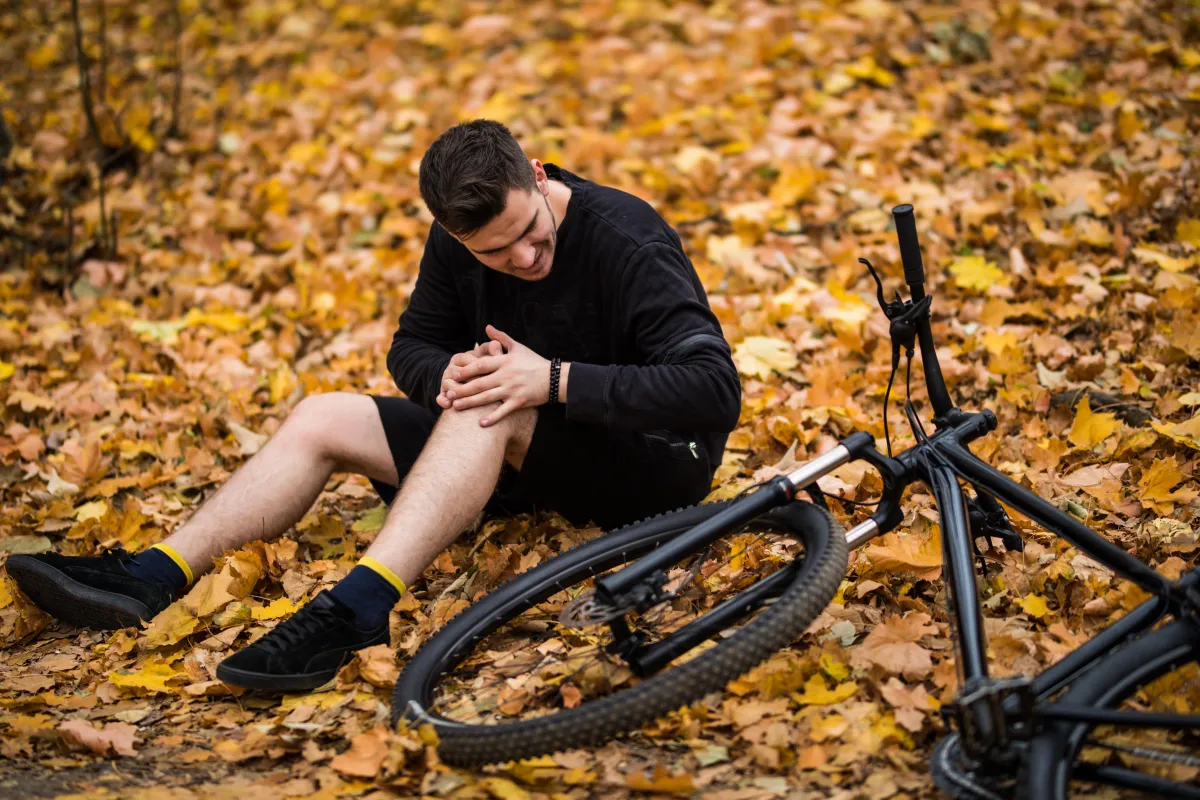
How to Prevent Common Outdoor Injuries During Park Visits
10 Safety Tips to Enjoy Outdoor Activities and Manage Injuries
Outdoor exercise is a game-changer—fresh air, natural light, and a break from stuffy gyms. Parks and green spaces are ideal for workouts, but they also come with risks, including uneven ground, unpredictable weather, and public equipment mishaps.
Sprains, blisters, and dehydration are common, while falls or equipment failures can lead to fractures or head injuries.
With a safety-first mindset, you can enjoy the benefits of outdoor fitness while minimizing risks. Here’s a concise and practical guide to staying safe, preventing injuries, and recovering from exercise outdoors.
Why Park Workouts Can Be Risky
Parks are dynamic environments. Uneven paths, wet grass, or hidden roots can trip you up. Weather swings—scorching heat, icy patches, or sudden rain—can catch you off guard. Worn-out fitness equipment, such as loose bolts on pull-up bars, poses hazards.
Low light at dawn or dusk reduces visibility, and wildlife or debris can surprise you. Human error also plays a role. It's common to overexert yourself, skip warm-ups, or misuse equipment, increasing the risk of injury. Tiredness, illness, or ignoring pain further lowers your body's resilience.
Common Park Fitness Injuries
Minor Injuries
Cuts and Scrapes: From rough surfaces, benches, or twigs.
Bruises: Bumps from equipment or minor falls.
Blisters: New shoes or repetitive friction—break them in over 3–5 weeks.
Minor Burns: Sun exposure or rope burns from equipment.
Strains: From skipping warmups or pushing too hard.
Dehydration: Hot weather can lead to dizziness or cramps.
Moderate to Severe Injuries
Sprains/Strains: Ankles, knees, or wrists from uneven terrain.
Fractures: Falls from structures or during high-impact moves.
Head Injuries: Concussions from impacts need immediate attention.
Deep Cuts: Sharp equipment edges or broken glass.
Heat Exhaustion/Stroke: Dangerous in hot, humid conditions.
Allergic Reactions: Insect stings or plants like poison ivy.
10 Ways to Prevent Park Injuries
Warm Up: Do 5–10 minutes of dynamic stretches—arm swings, lunges, or brisk walking—to prep muscles and joints.
Gear Check: Inspect shoes and public equipment for wear. Worn-out shoes? Replace them. Loose bolts? Skip that station.
Weather Prep: Check forecasts. Dress for conditions—breathable layers in summer, ice grips in winter.
Hydrate Early: Drink water before heading out and carry a bottle.
Know Your Limits: If you have health conditions, talk to your doctor about safe activities
Ease In: Increase distance or intensity by 10–20% weekly to avoid overload.
Stay Alert: Watch for uneven ground, roots, or weather shifts.
Focus on Form: Proper technique trumps intensity.
Take Breaks: Build in rest to avoid fatigue. Stop if you feel pain or dizziness.
Buddy Up: Exercise with a friend for safety and accountability. Carry a charged phone
and have the emergency contacts on hand.

How to Handle Injuries
Minor Injuries
Cuts/Scrapes: Apply pressure to stop the bleeding, clean the area with soapy water, and apply an antiseptic cream followed by a bandage.
Bruises: Ice for 15 minutes and elevate to reduce swelling.
Blisters: If painful, drain with a sterile needle, then cover with a bandage.
Heat Exhaustion: Move to shade, loosen clothing, apply cool compresses, and sip water.
Serious Injuries
Deep Cuts/Fractures: Seek medical help if bleeding won’t stop or bones seem broken. Stabilize fractures with a splint or cloth.
Head Injuries: Watch for dizziness, nausea, or confusion—get to a doctor fast.
Emergency: Call for help if symptoms worsen. Keep the person warm to prevent shock.
Recovery Basics
Follow RICE: Rest, Ice (20 minutes every few hours), Compression (wrap snugly), Elevation (above heart level).
Use over-the-counter pain relievers sparingly; consult a doctor if pain lingers.
Keep wounds clean and moist with ointment.
Modify workouts to avoid stressing the injury. See a physical therapist if recovery stalls.
As always, consult your doctor or a qualified healthcare professional before following any recovery methods to
ensure they’re appropriate for your condition.
Getting Back to Fitness
Don’t rush back. Start with low-impact moves like walking or stretching. Rebuild strength and flexibility gradually, ideally with the guidance of a trainer or therapist to correct any imbalances. Use braces or supportive shoes to protect healing areas. Listen to your body to avoid reinjury.
Your Safety Kit
Pack a small first aid kit: bandages, antiseptic wipes, blister pads, pain relievers, sunscreen, and a whistle. Carry water or an electrolyte drink, your ID, and emergency contact info. If you have allergies, include meds like an EpiPen.

On the Upper West Side, OsteoStrong UW is your partner in bone and joint wellness. With our unique osteogenic loading technology, we help members build stronger bones, recover faster from injuries, and restore balance quickly.
Book a consultation with us
Final Words
Outdoor workouts can transform your health, but safety comes first. Prepare thoroughly, stay aware, and recover smartly. By preventing injuries and responding effectively, you’ll enjoy parks confidently for years. Encourage your community to prioritize safety, making green spaces welcoming and secure for all. Commit to these habits, and your outdoor fitness routine will be sustainable, fun, and injury-free.
At OsteoStrong UW, our team will conduct bone density tests to evaluate your bone quality and provide targeted programs and nutritional guidance to help improve your bone health. As always, consult your doctor to determine the best practices for your individual needs.
📞 Contact us at +1 914-690-7190
🌐 Visit us at https://osteonewyork.com/
📧 Email us at [email protected]


